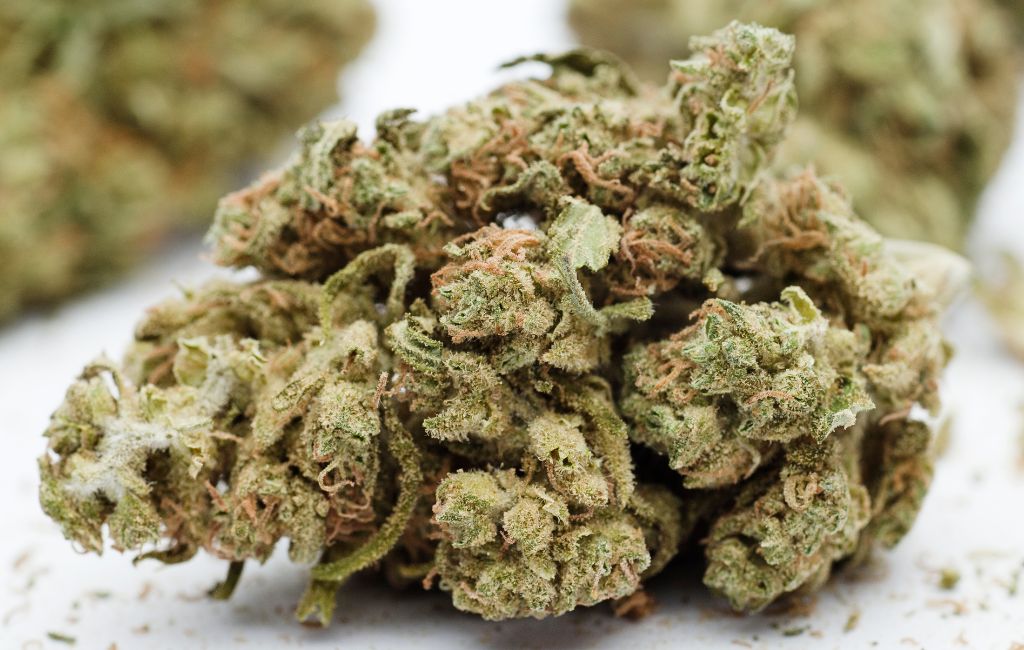Gardening enthusiasts often find themselves in a constant battle with weeds. These uninvited guests can quickly overrun a garden, competing with cultivated plants for nutrients, water, and sunlight. Understanding the types of common weeds and how to manage them effectively is key to maintaining a healthy garden.
What Are Weeds?
Weeds are plants that grow where they are not wanted. They are often resilient, adaptable, and can thrive in a variety of conditions. While some weeds are harmless, others can be invasive and detrimental to garden ecosystems.
Characteristics of Weeds
- Rapid growth and reproduction
- Ability to thrive in poor soil conditions
- Compete with other plants for resources
- Often produce a large number of seeds
Common Types of Weeds
Identifying the types of weeds in your garden is the first step in managing them. Here are some of the most common weeds gardeners encounter:
Dandelion (Taraxacum officinale)
Dandelions are easily recognizable by their bright yellow flowers and fluffy seed heads. They have deep taproots that make them difficult to remove completely. Despite being considered a weed, dandelions are edible and have medicinal properties.
Crabgrass (Digitaria spp.)
Crabgrass is a summer annual that thrives in warm weather. It spreads quickly and can outcompete lawn grasses. Its seeds can remain viable in the soil for several years, making it a persistent problem.
Bindweed (Convolvulus arvensis)
Bindweed is a perennial vine that can strangle other plants. It has deep roots and can spread rapidly. Its white or pink trumpet-shaped flowers may look attractive, but it is highly invasive.
Chickweed (Stellaria media)
Chickweed is a low-growing annual that prefers cool, moist conditions. It can form dense mats that smother other plants. Chickweed is edible and often used in salads and herbal remedies.
Effective Weed Management Strategies
Managing weeds requires a combination of prevention, control, and maintenance. Here are some strategies to keep weeds at bay:
Mulching
Mulching involves covering the soil with organic or inorganic materials. This helps suppress weed growth by blocking sunlight and retaining soil moisture. Common mulching materials include straw, wood chips, and landscape fabric.
Hand Pulling
For small gardens, hand pulling is an effective way to remove weeds. It’s best to pull weeds when the soil is moist, as this makes it easier to remove the entire root system.
Herbicides
Chemical herbicides can be used to control weeds, but they should be applied with caution. Selective herbicides target specific types of weeds, while non-selective herbicides kill all vegetation. Always follow the manufacturer’s instructions and consider the environmental impact.
Cover Crops
Planting cover crops, such as clover or rye, can help suppress weeds by outcompeting them for resources. Cover crops also improve soil health and prevent erosion.
Case Studies: Successful Weed Management
Several gardeners have shared their success stories in managing weeds effectively:
Community Garden in Portland
A community garden in Portland implemented a mulching program using locally sourced wood chips. This reduced weed growth by 70% and improved soil quality over time.
Organic Farm in Vermont
An organic farm in Vermont used a combination of cover crops and hand pulling to manage weeds. This approach maintained the farm’s organic certification and increased crop yields by 15%.
Statistics on Weed Impact
Weeds can have a significant impact on agriculture and gardening:
- Weeds cause an estimated $33 billion in crop losses annually in the United States.
- Invasive weeds can reduce biodiversity by outcompeting native plants.
- Effective weed management can increase crop yields by up to 20%.
Conclusion
Weeds are an inevitable part of gardening, but with the right strategies, they can be managed effectively. By understanding the types of weeds and implementing a combination of prevention and control methods, gardeners can maintain healthy and productive gardens. Whether through mulching, hand pulling, or using cover crops, each approach offers unique benefits that contribute to a thriving garden environment.


